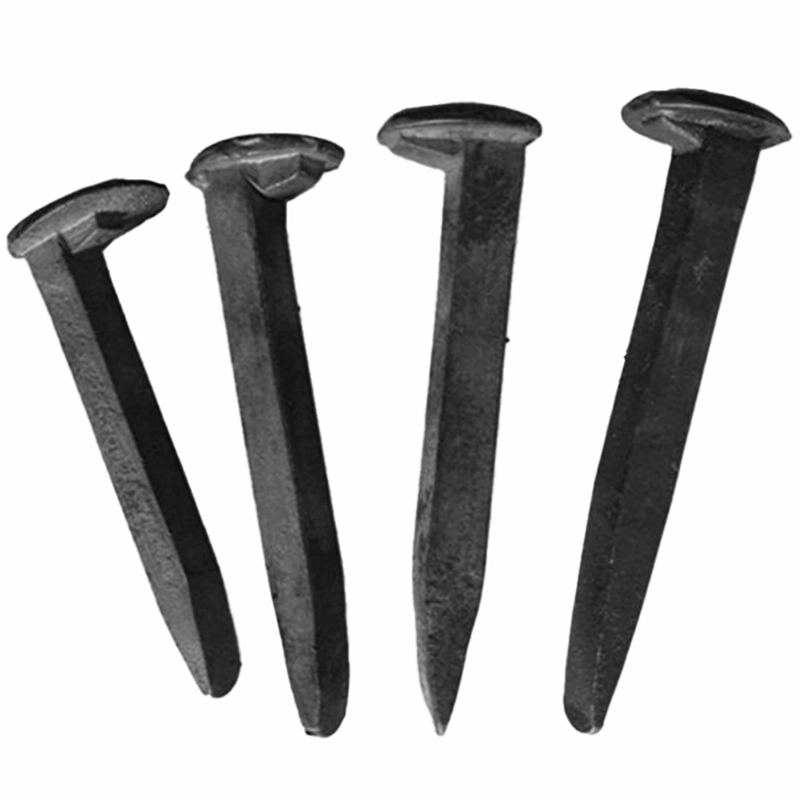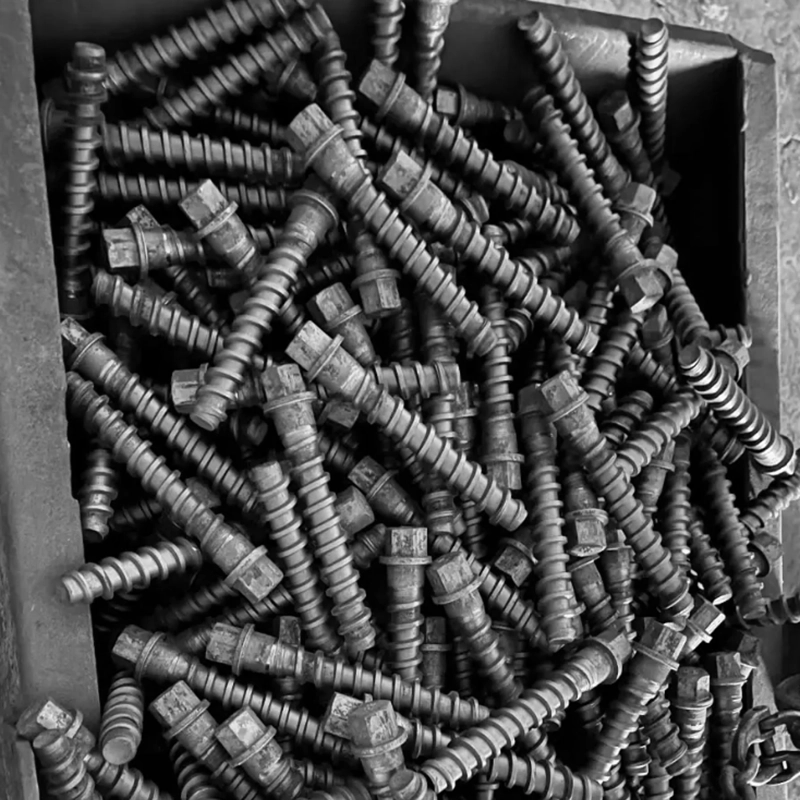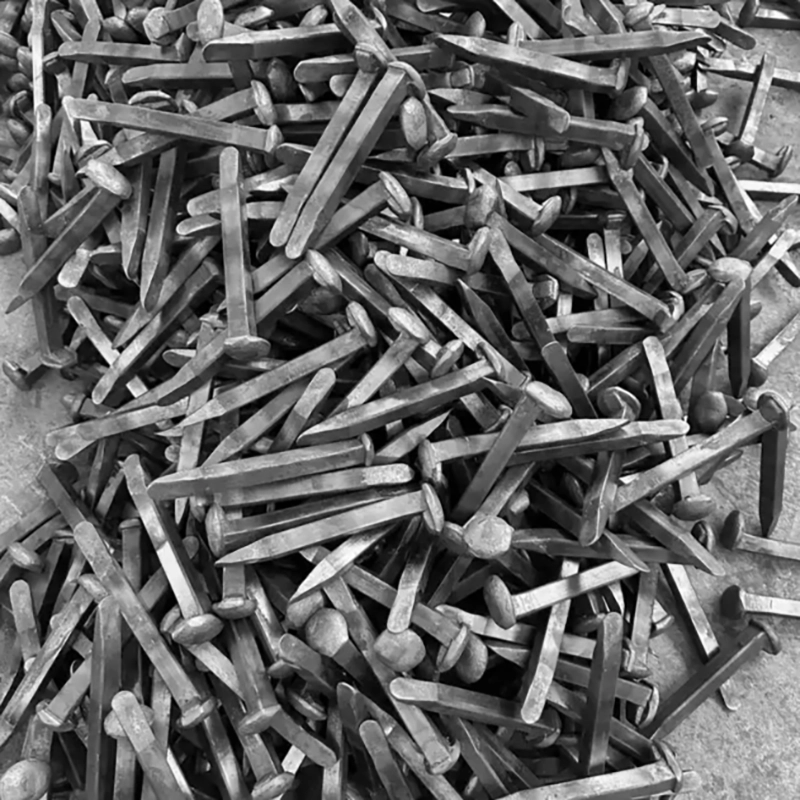Rail Spikes & Dog Spikes
Overview
Our rail spikes product range covers multiple rail and mining spike types for fastening rails and tie plates to wooden sleepers. The line is suitable for mining and industrial track conditions and supports sample kegs, bulk pallet shipments and custom fabrication (dimensions, groove types and heat treatments available on request). Before ordering, confirm spike type, quantity, rail/tie-plate drawings and surface treatment; request MTRs or mechanical test reports when needed.



Types of rail spikes
Available spike types include (but are not limited to):
Mining standard spikes (mining ordinary spikes)
Hand-forged mining spikes
Extended length railroad spikes
Mechanized hand-style spikes
Threaded (screw) railroad spikes
Hand-forged spike (blacksmith style)
Steel-rail mining spikes
Standard spike — product parameters
Length: 165 mm
Weight per piece: 0.379 kg
Thread tolerance: 4h
Nominal length: 165 mm
Model: 16×165
Head type: Flat-round head
Surface treatment: Untreated (plain steel)
Customization: Yes (custom machining available)
Groove types: Multiple options (confirm on order)
Working mode: Self-tapping / self-driving action
Product grade: Grade C (as specified)
Material grade: Medium carbon steel
Standard number: TB (please specify the exact TB clause or equivalent standard on PO)
Uses & manufacturing features for mining spikes
These spikes fasten rails or tie plates to wooden sleepers and act as rail-to-sleeper and plate-to-sleeper fastenings. They are widely used in coal mines, open-pit operations, processing plants, industrial yards and related transportation applications. Choose spike type and surface protection according to the intended use (temporary/light duty vs permanent/heavy-haul).
Manufacturing & appearance requirements
Manufactured from hot-rolled steel; spike shank should be smooth after processing and the underside of the head shaped to match rail bottom contours for secure seating.
The junction between head and shank must be free from cracks or folds; surface must be free from bubbles, burns or cracks that would impair service.
For mining/high-abrasion applications specify chemistry, heat-treatment, hardness or quench requirements in the purchase order, and indicate whether surface protection (hot-dip galvanizing, polymer coating or protective grease) is required.
Custom machining (groove type, head profile, length) should be confirmed with drawings or samples at order placement.

Purchasing & acceptance checklist
Specify on RFQ: model (e.g., 16×165), length, head profile, groove type, surface treatment, quantity and shipment mode (sample keg/keg/pallet).
Documents to request: MTR, tensile/pull-out/bend test reports, dimension drawings and packing list.
Order samples first: request sample keg(s) to verify plate/rail fit before bulk ordering.
Acceptance checks: inspect appearance (no cracks/burns), dimensions, nominal weight and spot-check MTRs per contract.
Contract terms: confirm MOQ, unit price, lead time, inspection standards, warranty/acceptance criteria and force-majeure.
FAQs
Q:Can you provide test certificates and samples?
A: Yes — professional suppliers provide MTRs and mechanical test reports on request and can ship sample kegs for fit verification; specify required documents when inquiring.
Q: Which spike types are recommended for mining use?
A: For temporary/light-duty mine tramways: dog/cut or hand spikes (economical and quick to replace). For permanent heavy-haul lines: threaded (screw) spikes, elastic/spring fastenings or clip systems for higher pull-out resistance and elastic retention. Specify environment and loads when enquiring.
Q: Do you offer corrosion protection?
A: Yes — common options include hot-dip galvanizing, polymer coatings or protective greases. Choose treatment based on corrosivity and abrasive conditions; request expected coating thickness and salt-spray data if needed.